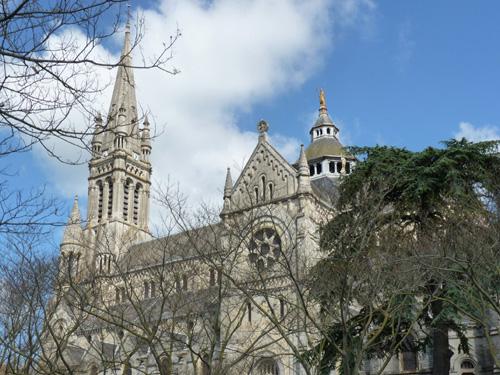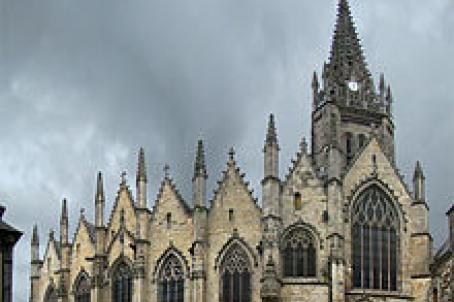Church of Saint-Martin
The architect of the building was a Benedictine monk, Dom Jules Mellet, associated with his brother, Henri. Both his names can be found in the design of the pulpit and the capitals. The church of Saint-Martin surprises by its size and the width of its nave. It has some very beautiful neo-Romanesque capitals and a large pulpit for preaching, in the style of 19th century creations. The church remains to this day the most important neo-Romanesque building in Ille-et-Vilaine. This church also has large organs and choir organs.
About this building
This Latin cross-shaped building, built between 1867 and 1913, is essentially of Romanesque inspiration. The church was built in the context of the social and urban transformations of the commune in the second half of the 19th century. It represents one of the key elements of this period, serving as a landmark and a link between the historic town and the new districts. From an architectural point of view, it is distinguished by the rationality of its construction, the articulation of clearly identified volumes and the elegance of the decor.






